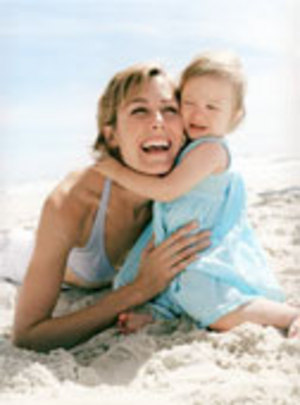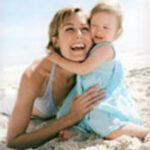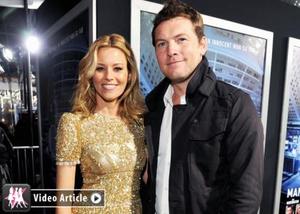Jean Piaget, born in 1896 was a biologist but moved into the study of children’s development by observing, talking and listening to them while they worked on exercises he set them.
Through his observations, Piaget developed his idea of stages of cognitive development which have made a lasting contribution to psychology.
Piaget saw the child as an active participant in the development of knowledge constructing his or her own understanding. The child, he argued, tries to make sense of the world around him and this is known as the process of adaptation.
Before Piaget, there was no body of theory on how intelligence develops through childhood and into adulthood.
Piaget’s Developmental Model
Piaget’s developmental model for children involves schemes (i.e. “concepts”) or the action of categorizing. A baby begins life with a small number of sensory or motor schemes. As a child interacts within the world, they acquire more experiences and these schemes are modified as they make sense of new experiences.
Later, the toddler develops “mental” schemas and this shift is through the process of assimilation (absorbing some event or experience to some schema), accommodation (changing the schema as a result of new information) and equilibration where balance is achieved.
Piaget was one of the first psychologists to apply scientific method to his work, carrying out experiments based on measurable criteria. Freud and others who came before him relied on case studies.
Piaget’s Theory of Cognitive Development
Piaget’s theory of the way a child’s thinking develops consists of four stages: the sensorimotor stage, pre-operational, concrete operational and formal operational. His theory still greatly influences behavioural psychologists and educationalists today.
- Sensorimotor Stage (Birth to two years): Child’s intelligence develops through his motor (physical) interactions with the environment. During this stage the child starts to recognise how he or she can manipulate objects i.e. shaking a rattle to make a noise and will achieve object permanence i.e. realising things exist even when they aren’t present. Mum can walk out of the room but she hasn’t disappeared forever!
- Preoperational Stage (Between two and 6/7 years): Child is able to make mental representations of unseen objects but cannot use deductive reasoning. During this stage child uses mental symbols to understand and interact with the world; they begin to learn language and engage in “pretend” play i.e. picking up a box and pretending it is a zooming car. They will start to classify objects by a single feature i.e. putting together all the blue blocks regardless of the size, or all the round blocks regardless of colour.
- Concrete Operational (6/7 years to 11 or 12): Child starts thinking logically to solve problems and organise the information they learn. During this stage children will begin to classify objects according to several features.
- Formal Operational (11/12 onwards) Adolescent starts to think more abstractly to solve problems and will systematically test hypotheses. At this stage thinking becomes less tied to concrete reality.
Piaget’s theory of how children’s minds work and develop has been an enormous contribution in developmental psychology.



